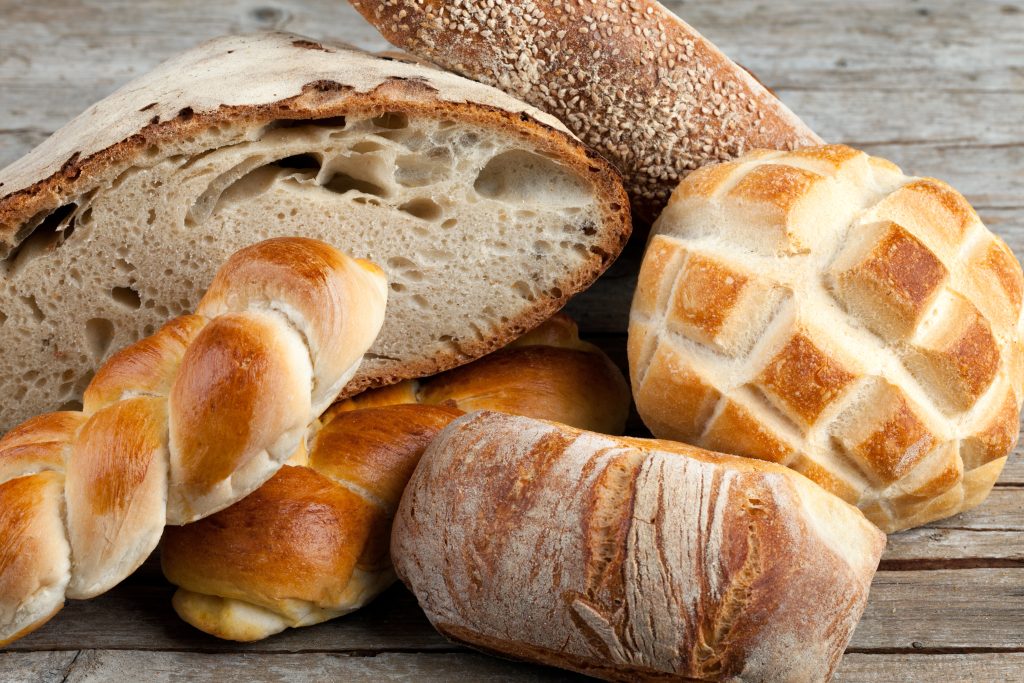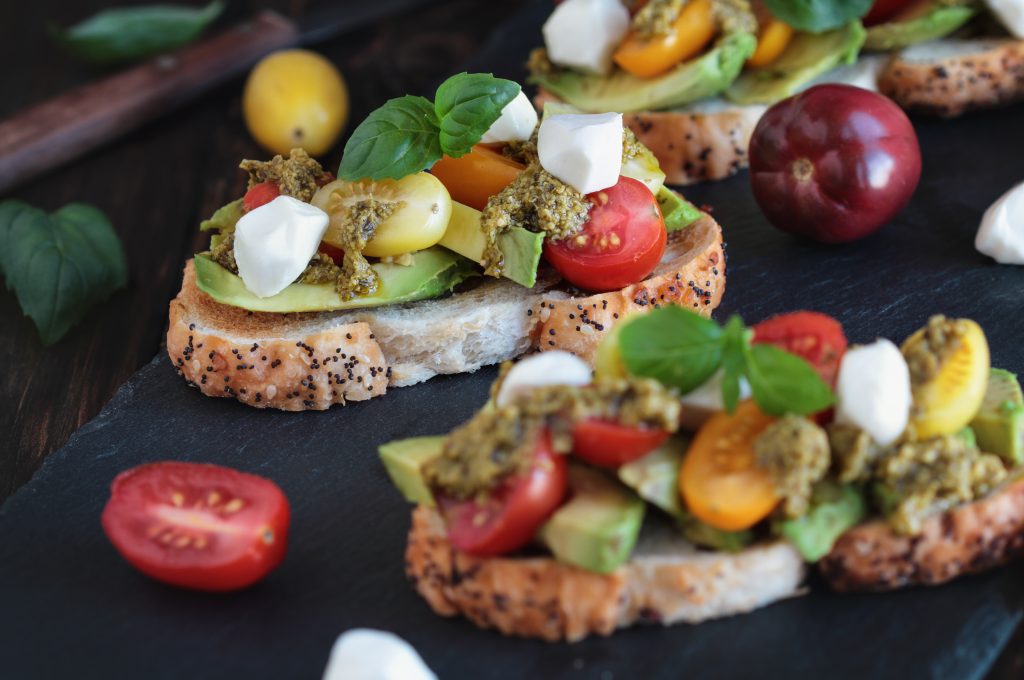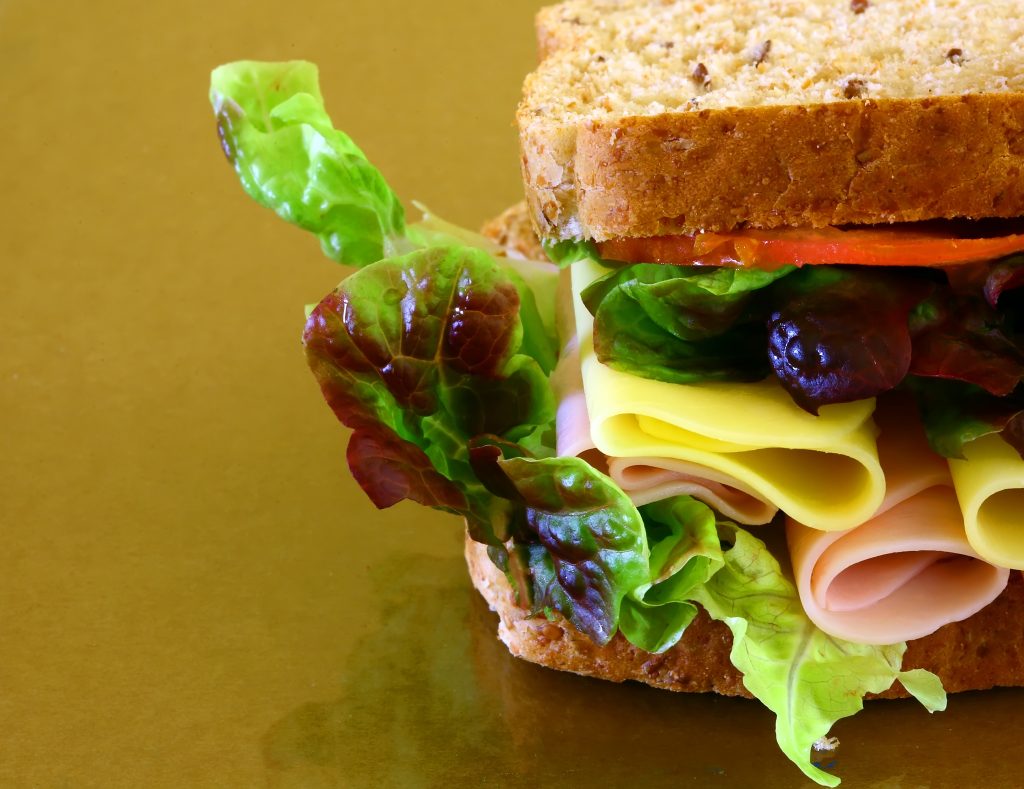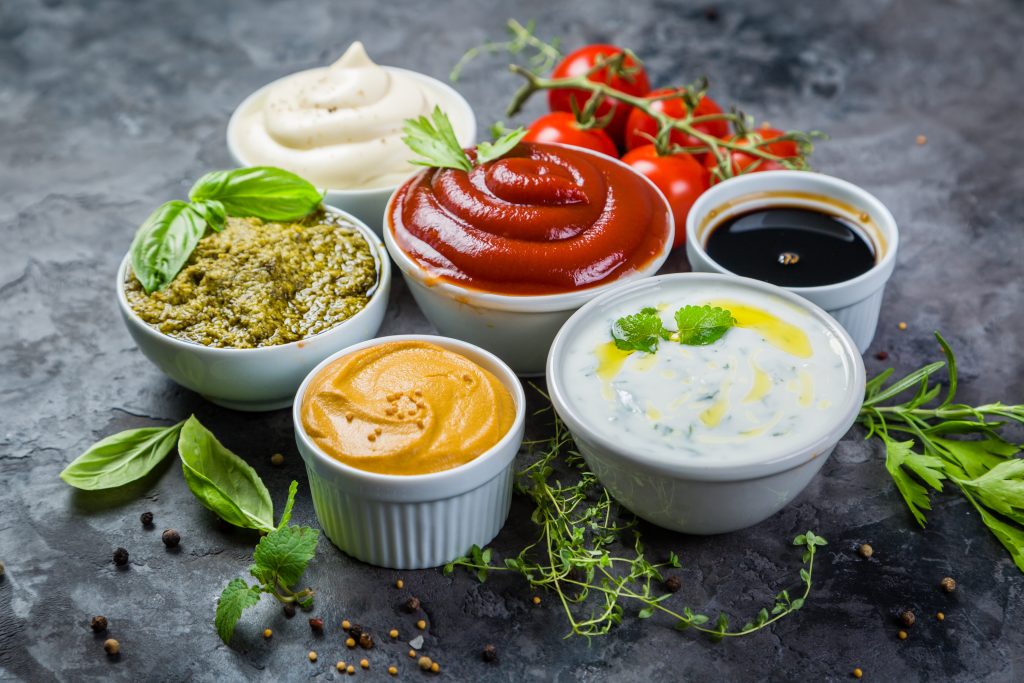When John Montague, 4th Earl of Sandwich, famously requested that his roast beef be served between two slices of bread so that he could eat it with his hands without interrupting his card game, little did he know that he was popularising what was to become a dining mainstay of future generations.
Nowadays, the sandwich is literally everywhere – from hot breakfast barms to stalwart lunchtime staples, summer picnics to kids’ teatime treats and speedy on-the-go sustenance to gourmet innovation. Virtually every country in the world has its own distinct sandwich culture, whether that be sweet or savoury, hot or cold, a Vietnamese bánh mì, Australian prawn roll, Middle Eastern shawarma, Spanish bocadillo, French croque monsieur, Mexican torta, all-American club or quintessentially English cucumber sandwich.
The British Sandwich Association defines a sandwich as being any form of bread with a filling, generally assembled cold, and including traditional wedge sandwiches, as well as filled rolls, baguettes, pitta, bloomers, wraps and bagels. You could be forgiven for thinking this culinary concept is a seemingly simple one. However, there are some definite tips and tricks to building a better butty. Not only should your sandwich be aesthetically appealing, but it also needs to pack a powerful flavour punch.
So, let’s break it down and take a closer look at the anatomy of the sandwich.
A sandwich is essentially constructed of bread, spread and filling, ideally using quality ingredients and incorporating elements from the five major food groups: carbohydrates, fruit and vegetables, protein, dairy, and oils and spread. It’s all about perfecting your pairings and proportions – each individual component should work to elevate the sandwich to more than the sum of its parts.
A great sandwich starts with great bread

The type and quality of the bread you choose – be that artisan white, crusty baguette, chewy bagel, whole wheat, dark rye, sourdough, ciabatta, pumpernickel, sweet brioche, pitta, nutty multigrain or soda bread – can make a dramatic difference to the taste and texture of your sandwich. As a general rule, opt for a bread that’s delicious enough that you would eat it on its own. A rustic Italian or French loaf works well with spicy Mediterranean meats and cheeses, whilst rye bread is ideal for a Rueben or pastrami sandwich, a soft, fluffy white pairs well with a crunchy filling, and an English muffin makes for the perfect bacon and egg breakfast butty.
Thoughtful layering

Regardless of which bread you choose, the optimum way to construct your sarnie is to go at it symmetrically rather than building vertically. Start by placing your top and bottom slices side by side, layering on a spread such as butter, mayo, mustard or pesto, which acts as a moisture shield to prevent your bread from becoming soggy as well as playing an integral role in enhancing the overall flavour, then adding your preferred filling of cheese, meat, fish or similar to both sides of the sandwich, before finishing with the wetter ingredients like tomatoes, salad or veggies in the centre and finally uniting both sides together as a whole. It’s extremely visually satisfying to cut your culinary masterpiece in half and be able to see all the beautiful layers that have gone into it.
Fabulous and flavourful fillings

Your filling is undoubtedly the stand-out star of your sandwich show, and obviously, it all comes down to personal preference. Whether you have a penchant for a traditional ploughman’s, spicy coronation chicken, classic egg and cress, crispy BBQ tofu and avocado, or roasted Mediterranean veggies with houmous, be sure to build your butty with a generous hand, making sure all your components are evenly balanced. Ideally, you want the flavour profiles to come through individually, as well as working together as a whole, and the best pairings will complement each other in terms of both taste and texture. Slice deli meats and cheese thinly, piling them high in folds rather than stacking, for a melt-in-the-mouth flavour sensation. Chunky slabs are less visually appealing, can be harder to bite through, and are generally a bit on the heavy side for a handheld meal.
Take it to the next level with the right condiments

The right condiments have the power to elevate your humble sandwich to a whole new level. Imagine tucking into a roast beef sandwich without the horseradish or a ploughman’s sandwich without the pickle. The world really is your oyster here, so get creative! Once you’ve decided on the bread and filling, make your sandwich your own by playing around with different accompaniments or combinations of accompaniments as the crowning glory of your creation. Think pickles, houmous, mustard, mayo, cream cheese, pesto, ketchup, balsamic drizzle, BBQ sauce, tartare; the list is endless. Try adding tangy sweetness with fruit chutney, creamy crunch with coleslaw, smooth smokiness with chipotle mayonnaise, spicy kick with hot salsa or a pungent nose-prickle with wasabi sauce.
At the end of the day (or whenever you want to eat it!) there’s no right or wrong here; the best sandwich in the world is the one that you like the best.

